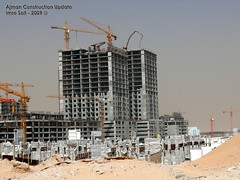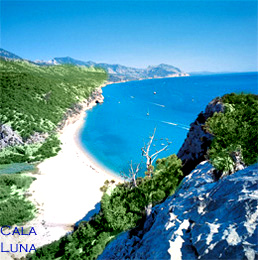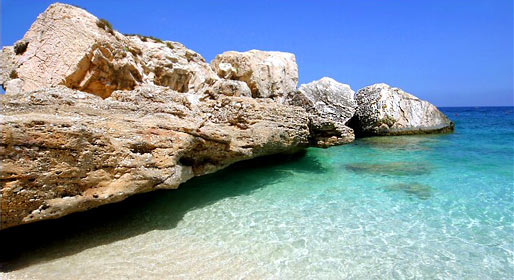
The
Dubai Metro (in Arabic: مترو دبي) is a driverless, fully automated metro network in the United Arab Emirates city of Dubai. The Red Line is partly operational, the Green Line is still under construction, and further lines are planned. These first two lines run underground in the city centre and on elevated
viaducts elsewhere.
All trains and stations are air conditioned with
platform edge doors to make this possible.
The first section of the Red Line, covering 10 stations, was ceremonially inaugurated at 9:09:09 PM on September 9, 2009, by Mohammed bin Rashid Al Maktoum, Ruler of Dubai, with the line opening to the public at 6 AM on September 10. The Dubai Metro is the first urban train network in the Arabian Peninsula.
[5] More than 110,000 people, which is nearly 10 per cent of Dubai’s population, used the Metro in its first two days of operation. The Dubai Metro carried 10 million passengers from launch on 9 September 2009 to 9 February 2010 with 11 stations operational on the Red Line.
Construction
Once the 20 km Green line opens, the Dubai Metro will overtake the title of longest automated metro network from the Vancouver Skytrain, surpassing it by 3 km.
Planning of the Dubai Metro began under the directive of Dubai's ruler Sheikh Mohammed bin Rashid Al Maktoum who expected other projects to attract 15 million visitors to Dubai by 2010. The combination of a rapidly-growing population (expected to reach 3 million by 2017) and severe traffic congestion necessitated the building of an urban rail system to provide additional
public transportation capacity, relieve motor traffic, and provide infrastructure for additional development.
In May 2005 a AED 12.45 billion/US$ 3.4 billion design and build contract was awarded to the Dubai Rail Link (DURL) consortium made up of Japanese companies including Mitsubishi Heavy Industries, Mitsubishi Corporation,
Obayashi Corporation,
Kajima Corporation and Turkish firm
Yapı Merkezi.
The first phase (worth AED 15.5 billion/US$ 4.2 billion) covers 35 kilometres (22 mi) of the proposed network, including the Red Line between Al Rashidiya and the Jebel Ali Free Zone set for completion by September 2009
and the Green Line from Al Qusais 2 to Al Jaddaf 1. This is to be completed by June 2010.
A second phase contract was subsequently signed in July 2006 and includes extensions to the initial routes. The Red Line partially opened at 9 minutes and 9 seconds past 9 PM on September 9, 2009 (9/9/9 9:9:9), inaugurated by Sheikh Mohammed bin Rashid al Maktoum.
The construction cost of the Dubai Metro project has shot up by about 80 per cent from the original AED 15.5 billion/US$ 4.2 billion to AED 28 billion/US$ 7.6 billion. The authorities said the cost of the project did not overshoot. They attributed the increase in expenditure to the major changes in the scope and design of the project. The authorities also expect to generate AED 18 billion/US$ 4.9 billion in income over the next 10 years. But they speculate that the Metro would not be a profit-making enterprise since the fares would be subsidised.
Construction delays
Work officially commenced on the construction of the metro on March 21, 2006.
In February 2009, a top RTA Rail Agency official said the
$ 4.2 billion Dubai Metro project would be completed on schedule despite global crisis.
However only 10 out of 29 metro stations of the red line opened on 9 september 2009.
Construction of the 18 stations on the red line and another 18 on the green line restarted on February 7, 2010, according to contractors, after a settlement was reached with a Japanese-led consortium over disputed payments of about
$ 2 billion-
$ 3 billion and there is optimism that the whole red line may be able to open in the second quarter of 2010. Construction of all 29 metro stations on the red line was declared complete on April 28, 2010 by the acting chief of the RTA Rail Agency.
Seven more stations on the Dubai Metro Red Line opened on April 30, 2010. Ten new trains were pressed into service, giving a total of 22 trains in service when the stations opened. The seven stations are, Emirates Station, Airport Terminal 1 Station, Dubai Internet City (TECOM) Station, Al Karama Station, Emirates Towers Station, Marina Station and Ibn Battuta Station. In addition to this, a further 3 stations will be opened on May 15, 2010, namely: Al Quoz Station, GGICO Station and World Trade Station, whilst the remaining stations on the Red Line will be opened in phases in the second half of 2010. The RTA announced that work on all 18 stations on the 23-km long Green Line that runs around the Dubai Creek through Deira and Bur Dubai will be completed in August 2011.
On March 2010 the Dubai Metro chief resigned due to the construction delays.
Under construction
- Green Line: 20 kilometres (12 mi) line with 22 stations from Festival City, through the city centre, Dubai International Airport Terminal 2 and the Airport Free Zone. This line was proposed to open in March 2010, however the Dubai RTA confirmed at the end of August 2009 that the Green Line will not open until June 2010, completing the first phase of the Dubai Metro.
The line was originally slated at 17km was increased by 7km to 23.9km. The line will be further extended by 11km from Al Jaddaf to
International City under the Green Line extension project

List of stations
Dubai Metro is composed of at-grade (G) elevated Type 1, Type 2 and Type 3 (T1, T2 and T3, respectively) underground stations (U) and underground transfer station types (UT). Type 1 is the regular at-grade concourse station, Type 2 is a regular elevated concourse station, and Type 3 is an elevated special track station with an extra track to hold a non operational train. Underground transfer stations will be accommodating both the Red and Green lines for easy transfers.
Besides these differences, there are four themes used in the interiors of the stations: earth, water, fire and air. Earth stations have a tan-brown colour effects; water has blue-white colour effects; fire has orange-red colour effects; and the air has green colour effects.
- Red Line:
- Rashidiya Station (Depot)
- Emirates Airlines Station
- Airport Terminal 3 Station - For all Emirates Flights
- Airport Terminal 1 Station - For all Non-Emirates Flights
- Al Garhoud Station (GGICO station)
- Deira City Centre Station
- Al Rigga Station
- Union Station (Interchange, connecting with Green Line)
- Khalid bin Al Waleed Station (Interchange, connecting with Green Line)
- Al Karama Station
- Al Jafiliya Station
- World Trade Centre Station
- Emirates Towers Station
- Financial Centre Station
- Burj Khalifa / Dubai Mall Station
- Business Bay Station
- Al Quoz Station
- First Gulf Bank Station
- Mall of the Emirates Station
- Sharaf DG Station
- Dubai Internet City Station — interchange to Palm Jumeirah Monorail
- Nakheel Station
- Dubai Marina Station
- Jumeirah Lake Towers Station
- Nakheel Harbor and Towers Station
- Ibn Battuta Station
- Energy Station
- Jebel Ali Industrial Station
- Jebel Ali / Jafza Station
Main Depot for the trains will be at Rashidiya just before the Rashidiya Station, while an auxiliary depot is located at Jebel Ali Port.
- Green Line:
- Al Qusais 2 Station (T3)
- Al Qusais 1 Station (T2)
- Dubai Airport Free Zone Station (T2)
- Al Nahda Station (T2)
- Stadium Station (T2)
- Al Quiadah Station (T2)
- Abu Hail Station (T2)
- Abu Baker Al Siddique Station (T2)
- Salah Al Din Station (U)
- Union Station (UT, connecting to Red Line)
- Baniyas Square Station (U)
- Palm Deira Station (U)
- Al Ras Station (U)
- Al Ghubaiba Station (U)
- Saeediya Station (U)
- Khalid Bin Al Waleed Station (UT, connecting to Red Line)
- Oud Metha Station (T2)
- Health Care City Station (T2)
- Al Jedaf 1 Station (T2)
- Creek Station (T2)
The train depot is located at Al Qusais just before the Al Qusais 2 Station.

Dubai Metro
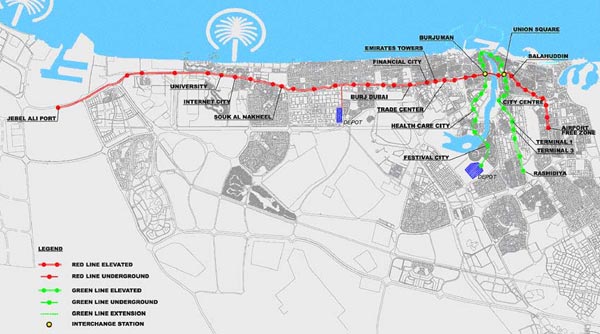
Dubai Metro

Dubai Metro

Dubai Metro map


Dubai Metro
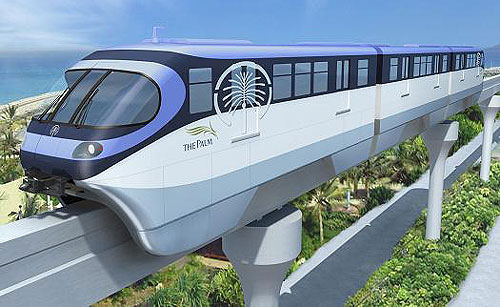
Dubai Metro

Dubai Metro

Dubai Metro
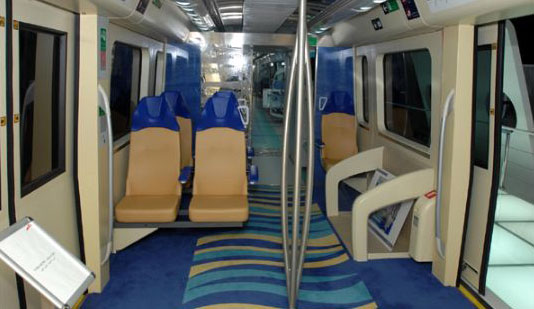
Dubai Metro

Dubai Metro

Dubai Metro
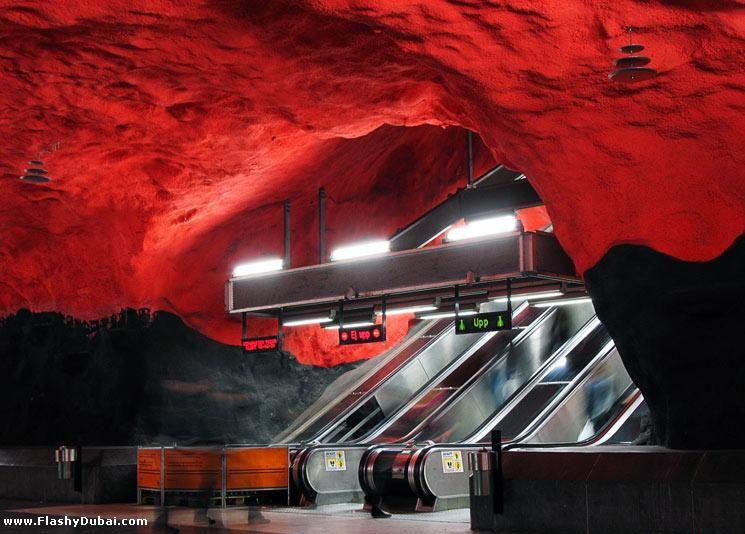
Dubai Metro
 When you go to French Polynesia you will find a lot of different types of accommodation from world class, world famous resorts to small comfortable inns, and plenty of Bed and Breakfast places.
When you go to French Polynesia you will find a lot of different types of accommodation from world class, world famous resorts to small comfortable inns, and plenty of Bed and Breakfast places.































